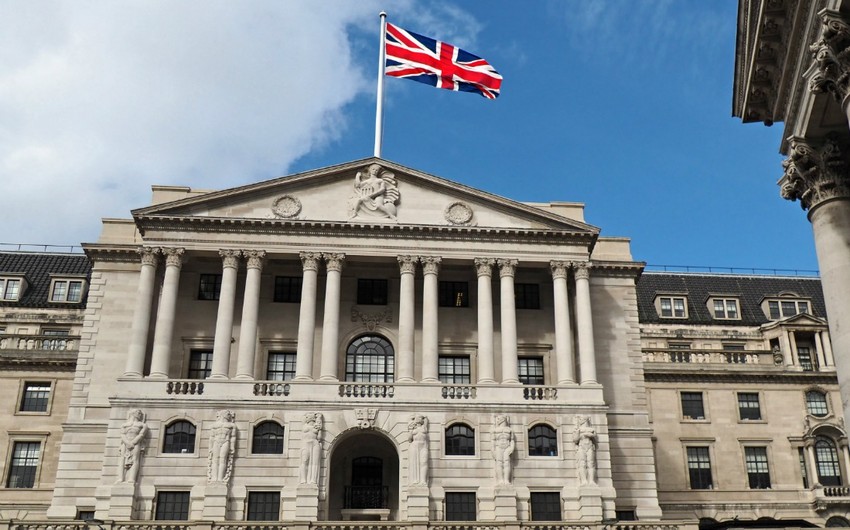The Bank of England looks on track to raise interest rates by three quarters of a percentage point to 3% later on November 3, its biggest rate rise since 1989 as it battles the highest inflation in 40 years, Report informs referring to Reuters.
The BoE has faced political and financial market turmoil since its last rate rise on September 22, a day before former Prime Minister Liz Truss's government launched an unfunded 45 billion-pound ($52 billion) package of tax cuts.
The policy was aimed at staving off recession and spurring long-term growth - but instead it pushed sterling to a record low against the US dollar, forced the BoE to prop up the bond market and led to Truss's resignation.
Markets are now more stable, with British government borrowing costs broadly back to where they were before the upheaval. On November 1, the BoE was able to begin selling bonds from its 838 billion-pound quantitative easing stockpile.
However, fundamental problems for Britain's economy remain. Consumer price inflation returned to a 40-year high of 10.1% in September and is likely to have risen further last month when regulated energy prices jumped, despite costly subsidies.
At the same time, the economy is slowing sharply. Purchasing managers' data slid in October to its weakest since January 2021 when the economy was mired in a COVID-19 lockdown.
Forty-six of 53 economists polled by Reuters expected the BoE to raise rates to 3% this month.
Other Western central banks face similar challenges. Inflation has rocketed due to labor shortages, COVID-19 supply-chain bottlenecks and - in Europe’s case - soaring energy bills since Russia invaded Ukraine in February.
The US Federal Reserve raised its key interest rate by 0.75 percentage points on November 2 to a range of 3.75% to 4%, and the European Central Bank increased its deposit rate by the same amount to 1.5% last week. But the Fed said future rate rises might come in smaller steps.


 https://static.report.az/photo/fdea43bb-e08a-3ff8-b929-eeca405ad042.jpeg
https://static.report.az/photo/fdea43bb-e08a-3ff8-b929-eeca405ad042.jpeg

